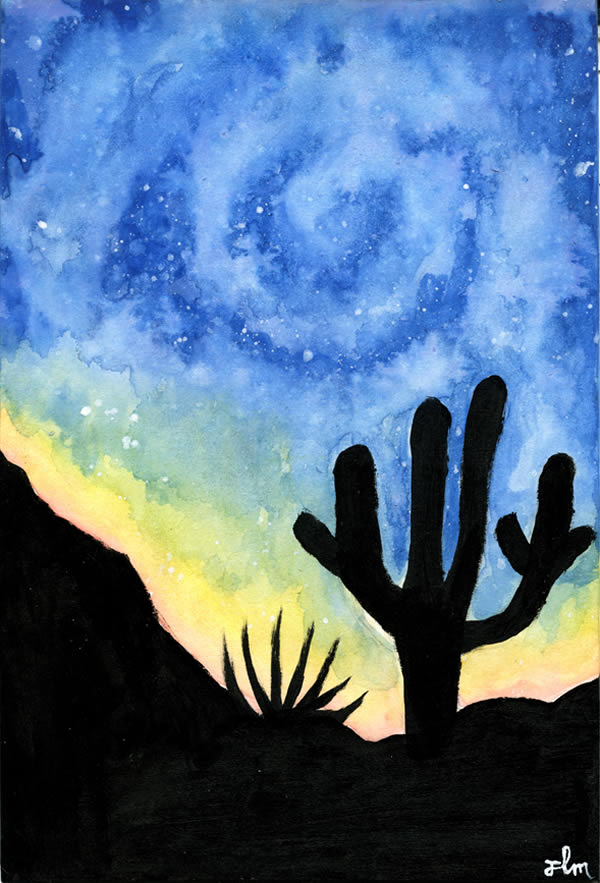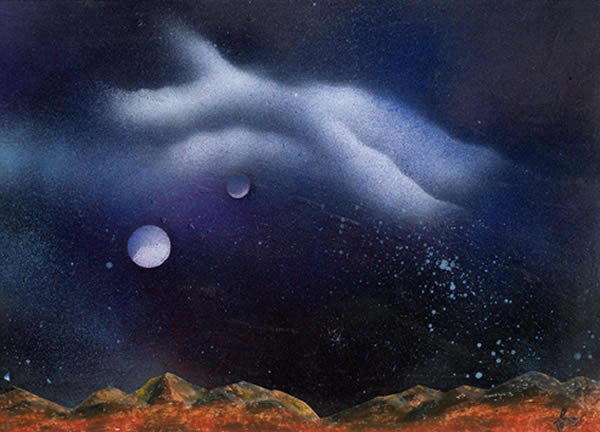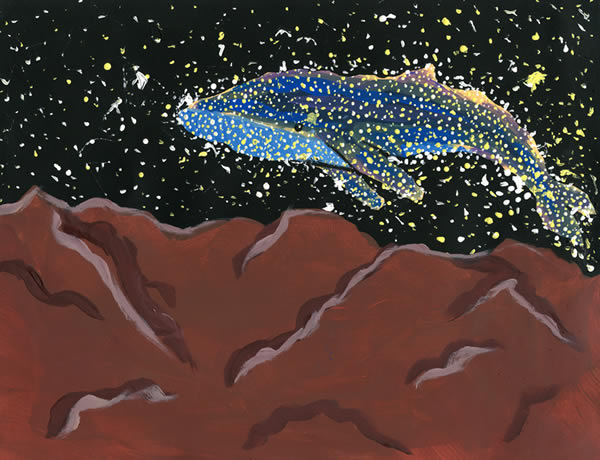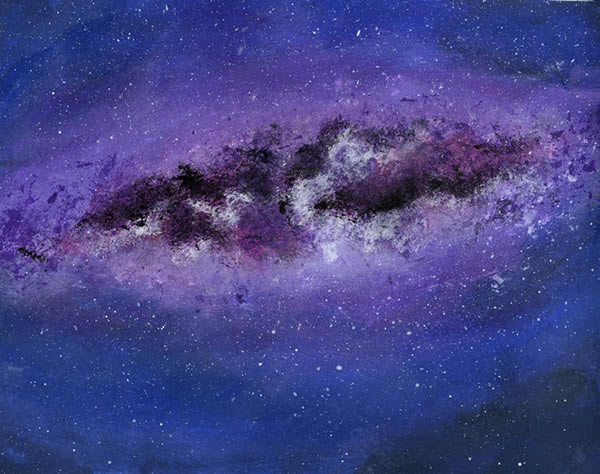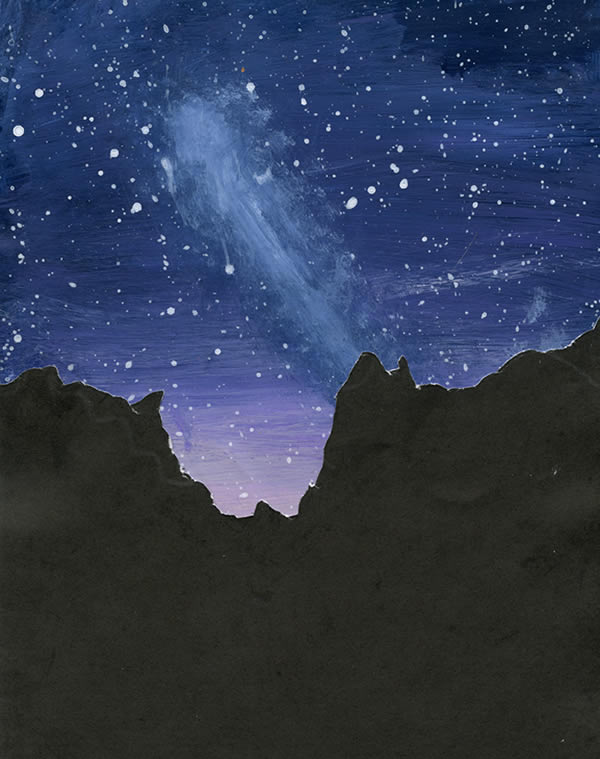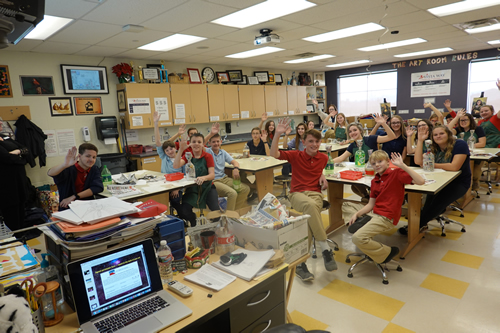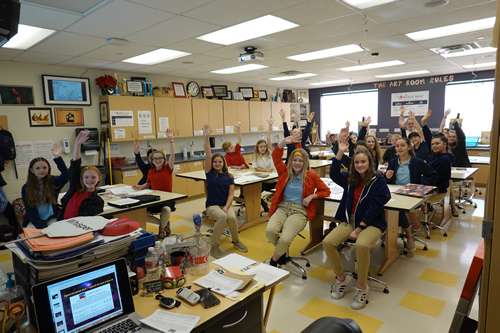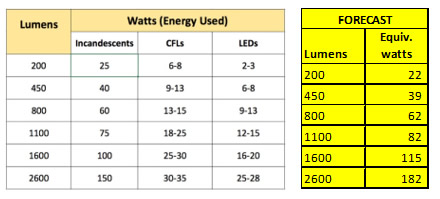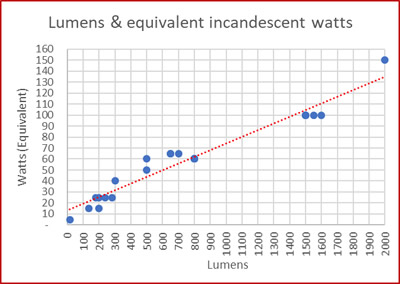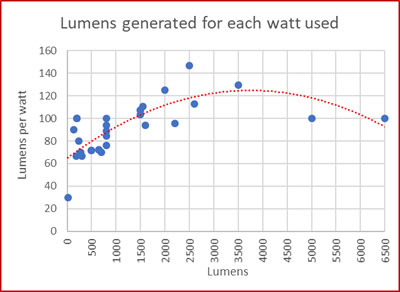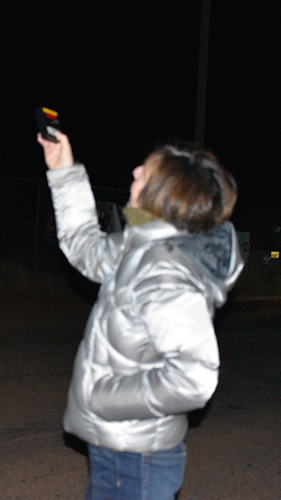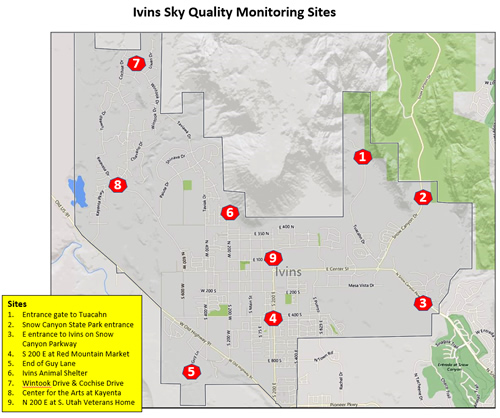One of the requirements to get designated as a “Dark Sky Community” is demonstrating broad community support. So we would appreciate a letter of support from you. Send it from our “Contact page” page.
What should I say?
Start with a first paragraph similar to this: I strongly endorse and support the efforts of the Ivins Night Sky Initiative in the pursuit of a Dark Sky Community designation for Ivins City from the International Dark Sky Association.
Then add a second paragraph explaining why it is important to you to improve, protect, and preserve the night sky over Ivins.
Finally, include your name and address (or subdivision or HOA name). We will not display your address or email on our website.
Here are some examples:
Kai Reed – Kayenta
I was very
excited to find out a local group has been formed to pursue the International
Dark Sky Association’s (IDSA) Night Sky Community designation. I’ve lived in
Ivins for almost 21 years and have sadly seen the degradation to our night
skies which is why I strongly endorse and support the efforts of the Ivins
Night Sky Initiative to pursue the Dark Sky Community designation for Ivins
City. Ivins has long promoted itself as a destination community and a Night Sky
Community designation would most certainly enhance that reputation.
I think
Ivins has the best potential of any community in Washington County to become a
Night Sky Community. We already have one large development, Kayenta, which has
adopted a comprehensive night sky policy and Ivins City itself already has a
night sky ordinance that can be enhanced and expanded to meet IDSA guidelines.
In addition, we are surrounded on three sides by a national conservation and
wilderness area, the Shivwits Indian Reservation and the Santa Clara River
Reserve so the majority of all future development that could impact our night
sky will be within Ivins City where we will have the opportunity under the
Night Sky Initiative to mitigate the light pollution that threatens our night
skies.
Having had a
leadership role in local community advocacy groups (Citizens for Dixie’s
Future, Friends of Snow Canyon and Southern Utah Bicycle Alliance) I know and
appreciate how critical citizen involvement is in making positive improvements
to our community. I hope to contribute
in any way I can to support the Ivins Night Sky Initiative.
Marc and Chrystal Deshowitz – Eagle Rock
As residents of Ivins, My wife and myself strongly endorse and support the efforts of the
Ivins Night Sky Initiative in the pursuit of Dark Sky Community designation for
Ivins City from the International Dark Sky Association.
I have been a night sky advocate for the past 7 years and have been
involved in educating the general public in both Nevada and Utah concerning the
detrimental effects of light pollution and the health benefits of reduced
lighting. My wife and myself have also spearheaded efforts to implement the retrofitting of our
community lighting to be compliant with the Ivins Night Sky Ordinance.
We believe that our community benefits from being able to view the
night sky and be able to ponder our existence and help us place all of
our worries into perspective.
Ron Levandoski – Ivins
As a resident of Ivins, my wife and I are indeed in favor of
maintaining the dark skies here in Ivins. So I strongly endorse and support the
efforts of the Ivins Night Sky Initiative in the pursuit of Dark Sky Community
designation for Ivins City from the International Dark Sky Association.
My wife and I think that it is important to preserve the wonders of the
night sky for the future of our families. My introduction to astronomy at eight
years of age led to an intense interest in science and a career in the
healthcare field. I that hope in the future other kids can gaze at the heavens
as I did and that this can spark an intellectual interest as it did for me.
I am an amateur astronomer with an observatory in my back yard that I
use for astrophotography. The sky in Ivins has become increasingly polluted in
the past five years to the point that it is significantly impacting my hobby.
Light pollution that obliterates dimmer stars needs to be controlled before a
valuable irreplaceable natural resource is lost forever.
I applaud your efforts to try to save what is left. Let me know what I
can do to help.
CJ Koharcheck – Padre Canyon
As a resident of Ivins, I am indeed in favor of maintaining the dark
skies here in Ivins. So I strongly endorse and support the efforts of the Ivins
Night Sky Initiative in the pursuit of Dark Sky Community designation for Ivins
City from the International Dark Sky Association.
I just went through the website, and it looks great! I’m glad to see the quantitative
measurements. I’m already on your list of people who think this is important
and are willing to help, but I wanted to give you a shout-out for all the good
work you are doing!
Chris Haddad – Shadow Canyon
This is
fantastic! As a resident of Ivins, I strongly endorse and support the efforts
of the Ivins Night Sky Initiative in the pursuit of Dark Sky Community
designation for Ivins City from the International Dark Sky Association.
Your
Position Paper touches upon so many of the reasons why I up and moved from
California to Ivins. I had read about the St. George area and decided to take a
road trip to check it out. I looked out over St George from my hotel and
thought what a beautiful picture that was and so many stars. (In California, I
didn’t see a lot of stars).
As I turned
to look out towards Ivins, I realized how much darker it was out there and
seemed to have more stars too! So, I got back in my car and drove back out to
that same spot (boy, it was really dark out there) except for the unbelievable
sky full of stars. Unbelievable sunset and dark sky full of stars all in one
day, that did it. I told myself that night I was going to retire here. After
almost 40 years in Law Enforcement I deserved to spend the rest of my life in
the peace and beauty of this place. Every night I lay in bed and look out my
window and fall asleep looking at the most beautiful sky full of stars. How’s
that for peace and beauty!
James & Brenda Peters – Citadel Estates
As a resident of Ivins, I strongly endorse and support the efforts of
the Ivins Night Sky Initiative in the pursuit of Dark Sky Community designation
for Ivins City from the International Dark Sky Association.
One of the things that impressed me most about the home that we
purchased in Ivins just a year and a half ago is that we can walk out in our
back yard and see the stars shining without the interference of light
pollution. I have a dear friend in Ivins who has worked in astronomy all of his
career and we have conversations about the night sky all of the time. Almost
every night that I am there we study the constellations, planets etc. I use this information as I teach in the Boy
Scout Organization. I have been a Boy Scout Leader for over 50 years. I
sincerely hope that the City of Ivins will continue in the pursuit of the Dark
Sky Community designation.
Dow & Stacy Williams – Vermillion Cliffs
As a resident of Ivins, I strongly endorse and support the efforts of the
Ivins Night Sky Initiative in the pursuit of Dark Sky Community designation for
Ivins City from the International Dark Sky Association.
As our county continues to grow and welcome newcomers, I feel it has become
even more important that the city of Ivins remain committed to its connection
with the natural beauty that brought many of us here in the first place. In the
frenetic pace of life, a jewel as rare as this place must be preserved for
future residents as well as for those who have called Ivins home for
generations.
Dan Krupicka – Kayenta
As a resident of Ivins, I am indeed in favor of maintaining the dark
skies here in Ivins. So I strongly endorse and support the efforts of the Ivins
Night Sky Initiative in the pursuit of Dark Sky Community designation for Ivins
City from the International Dark Sky Association.
Thanks for bringing the issue of dark skies here to the fore, and the time and energy you are willing to put into the issue. As a resident of the nearby Kayenta subdivision for the last 24 years, I have come to take for granted the dark night skies of the area. You can imagine how dark it was here 20 years ago. However, I have noticed diffuse background illumination encroaching from the east and southeast, much of which I would guess originates in St. George, and have begun to wonder how long the dark skies will be with us here on the far west side of the rapidly developing St. George basin and Ivins Bench.
